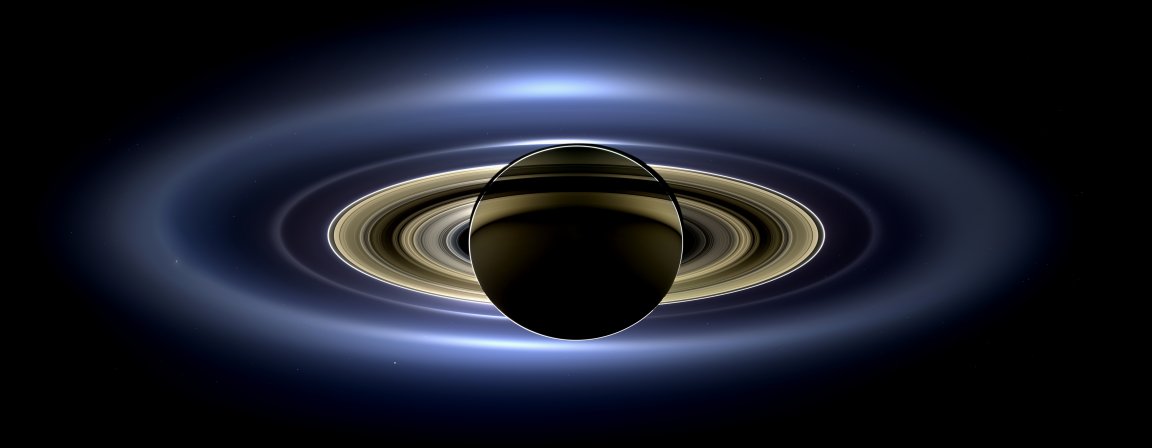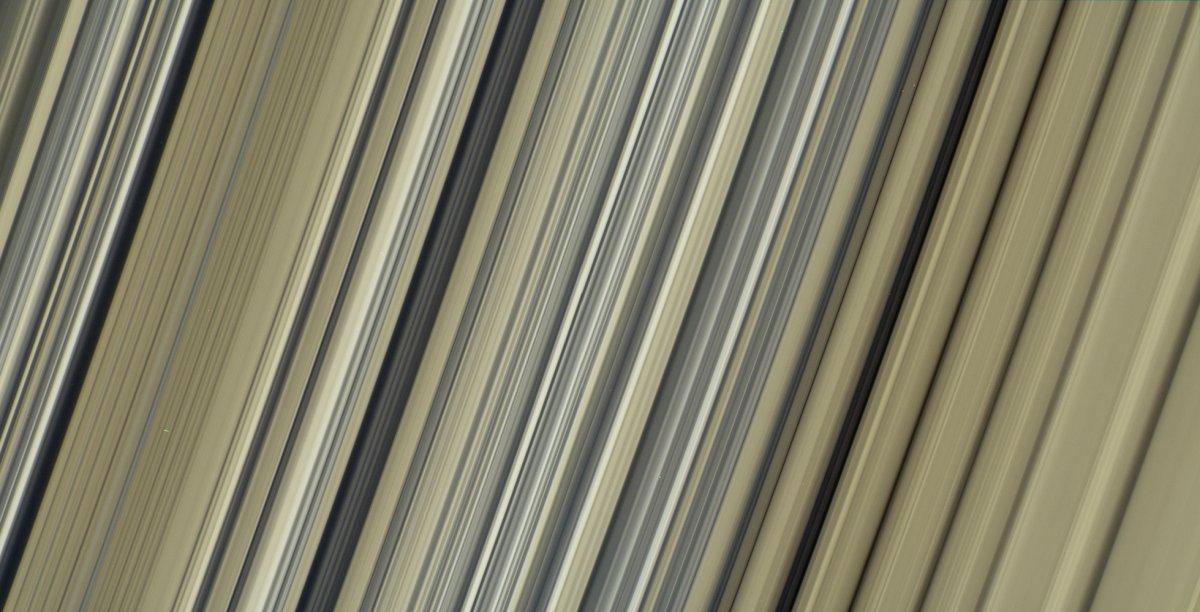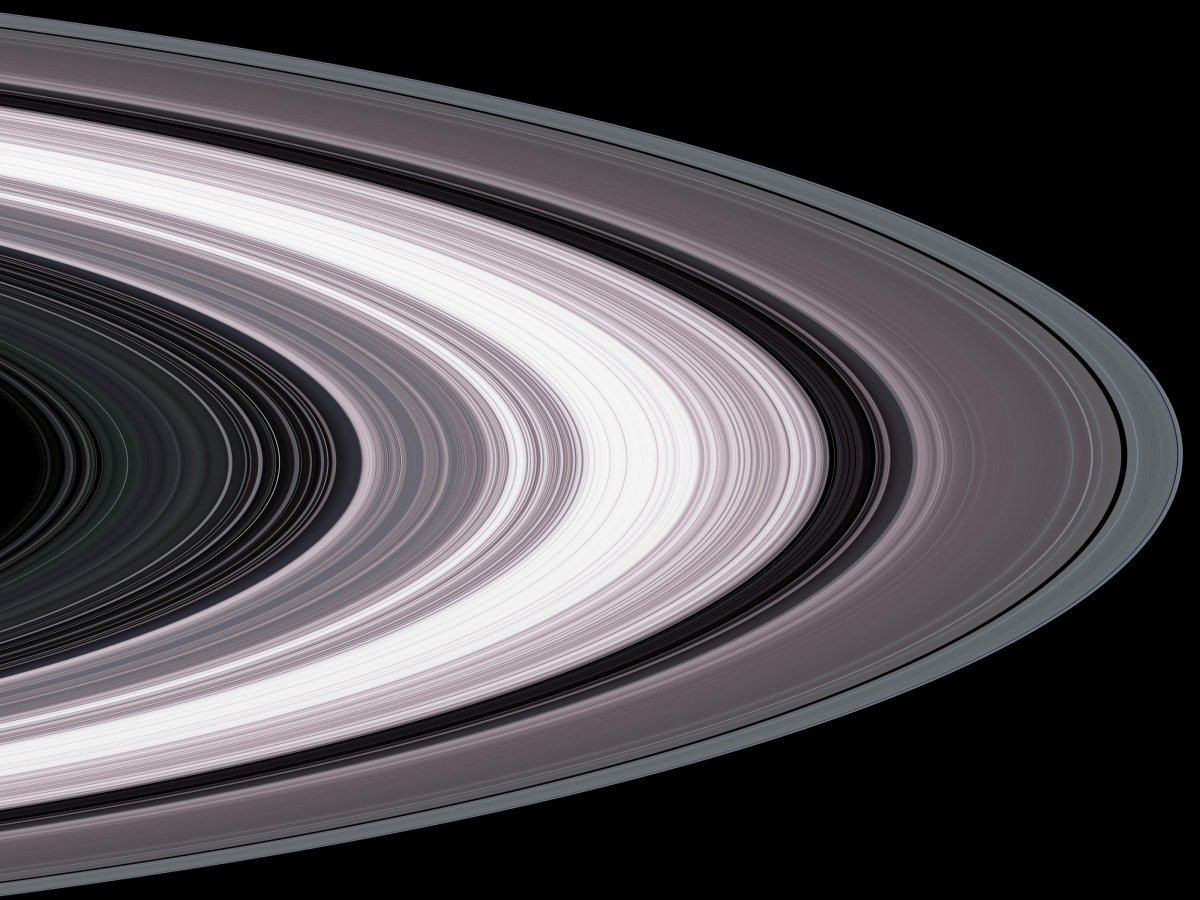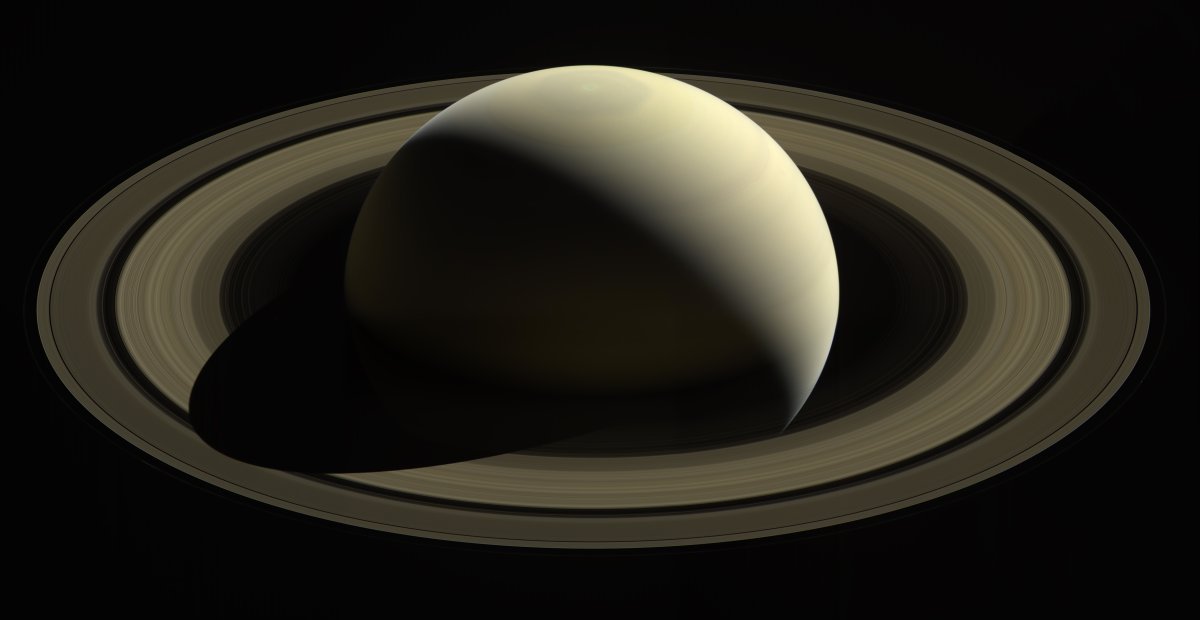
NASA’s Cassini spacecraft mission has ended. After 13 years of exploration, one-of-a-kind snapshots of Saturn and its surroundings, and a giant amount of invaluable data collected, Cassini has dived into Saturn’s atmosphere and disintegrated in a flaming, meteor-like ball.
When it first launched in 1997, its primary mission was to enter Saturn’s orbit after seven years of travel from Earth and collect data with its 12 instruments. It also transported the European Huygens probe — an advanced shellfish-shaped probe that was sent to Saturn’s largest moon, Titan, to collect data. Cassini was the fourth spacecraft sent to Saturn, but was the first to successfully enter orbit.
In 2010, its mission was extended by another seven years, thanks to its successful provision of scientific data, to examine a full seasonal change of an outer planet system.
But now, after a handful of planet flybys including Venus and Jupiter, 13 years worth of scientific data, and some astounding images, Cassini’s journey has come to an end. To celebrate this grand finale, let’s raise a glass and have a look at some of the most breathtaking views of one of our Solar System’s large, distant neighbors.
The Colors of Saturn’s Rings

This image shows the most accurate look at the true colors of Saturn’s rings. This particular portion is part of the inner-central B Ring (the largest and brightest one) and is about 100,000 km (6,2137 miles) away from Saturn’s center. (Note: the image was colorized using spectral imaging data)
Wave Structures

These ripples, known as “Janus 2:1 spiral density waves,” make up the shape of Saturn’s outer rings and are thought to be a result of pileups of mass. “This spiral density wave sets itself up at the place where ring particles are going around Saturn exactly six times every time the moon Janus goes around five times,” Matthew Tiscareno, a Cassini team member, tells Scientific American.
The Top of Saturn

These spiraling clouds form the top pole of Saturn. This image was taken on April 26, 2017, when the region was exposed to sunlight after many (Earth) years of darkness from 267,000 km (166,000 miles) away.
Particle Rings

The size of particles that make up Saturn’s rings vary wildly — from tiny granules of ice to ones that span thousands of kilometers. Cassini was able to watch Saturn trade ring particles with other moons as well.
Titan’s Haze

Cassini was also able to turn itself around and get a peek of Saturn’s moon, Titan. The yellow-bluish haze around it is a result of differently sized particles affecting the red, green, and blue spectral filters of Cassini’s cameras. This image was taken from approximately 2 million kilometers (1.2 million miles) from Titan.
Swirls

This color image near the northern hemisphere shows bands in the clouds of Saturn’s hemisphere. It was taken by combining images taken with red, green, and blue spectral filters.
The F-Ring

One of Saturn’s moons, Prometheus, can be seen near Saturn’s thinnest, outer F ring. It is only 86 kilometers (53 miles) across, and its weak gravitational field creates small knots and scars in the F ring.
Southern Auroras

This sequence of images was taken near Saturn’s south pole. These “southern lights” are a natural occurrence caused by charged particles making gases glow in the planet’s upper atmosphere.
One Last Look

This is one last image Cassini took of Saturn after calling it home for 13 years — just about half of a Saturnian year.